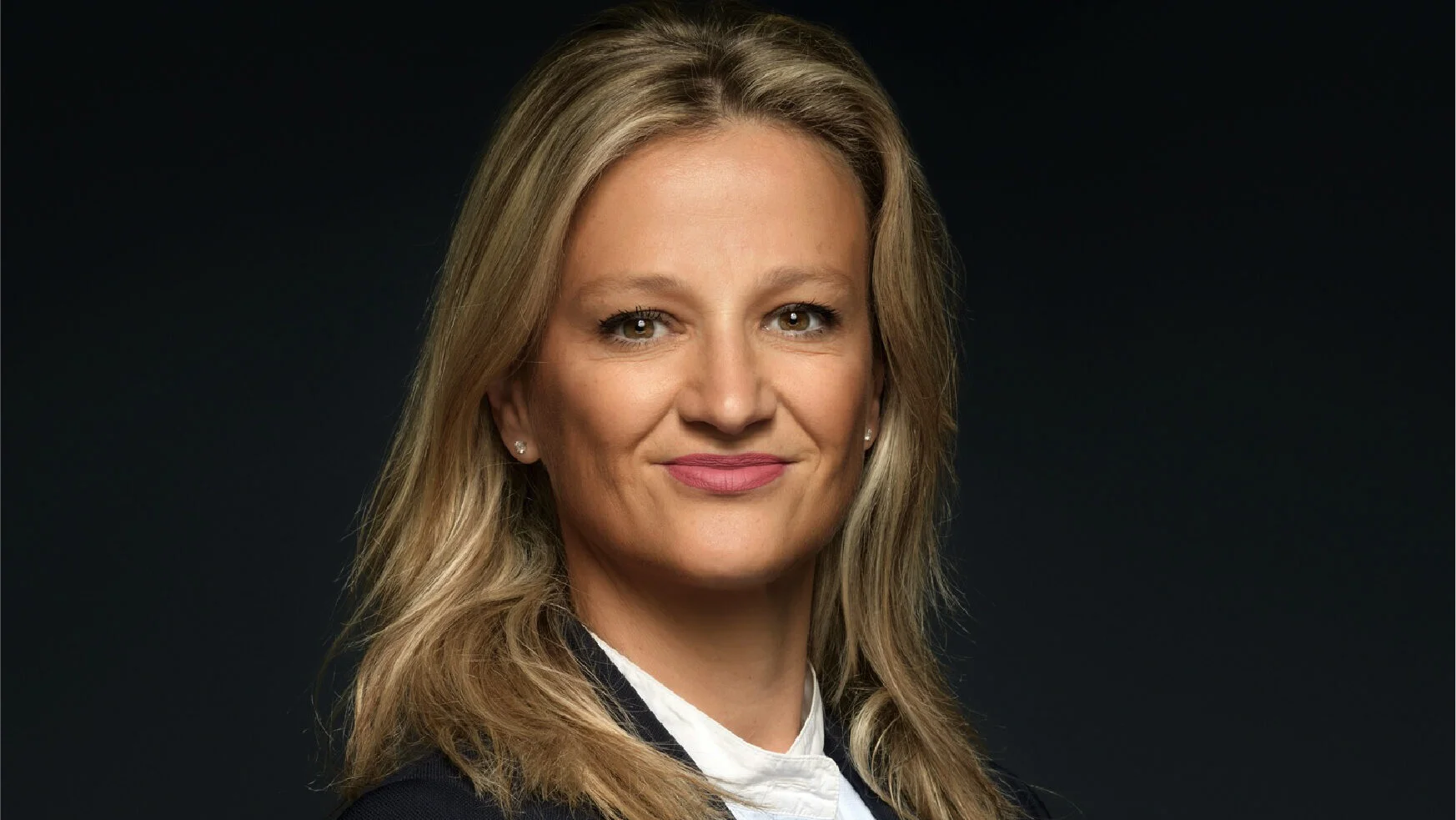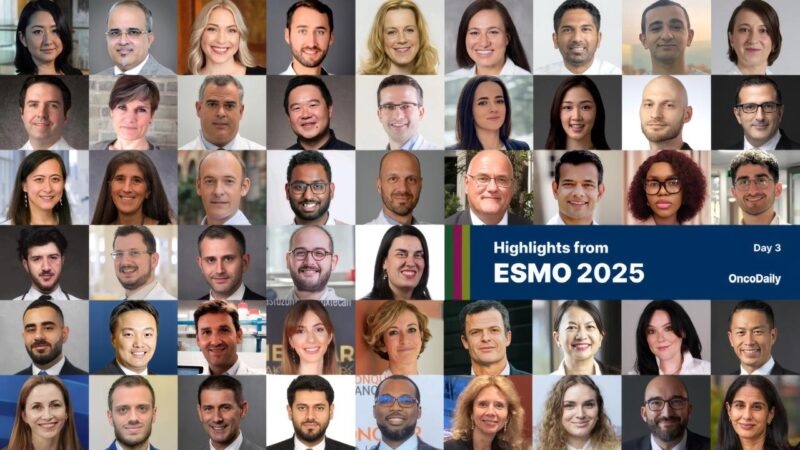Svetlana Nikic, Founder of Precision Oncology Consulting, shared a post on LinkedIn:
“ESMO25 – Day 3 Highlights
Today it was a meeting-dense day so I didn’t manage to attend as many sessions today as I’d hoped Still, here’s what caught my attention:
Posters:
- ctDNA/MRD-guided treatment decisions in Stage II CRC (Hospital del Mar) demonstrated tangible cost savings when liquid biopsy replaces TNM-based ACT decisions (Savings per patient €1,754- €3,200)
- IMRESS-Norway reaffirmed that coordinated national CGP programs work — nearly 2,000 patients already genomically profiled with consistent MTB actionability rates.
The sessions:
- The Netherlands continues to pave the way for WGS in oncology and from June 2025 — ZIN reimbursement approved WGS for patients progressing after standard therapy.
- Pan-European initiatives show very different system architectures (UK/FR/DE top-down vs SE/NL bottom-up) — but the critical bottleneck is not science, but implementation and reimbursement frameworks.
ADCs — Incredible Potential, But Optimization Now Shifts From Efficacy → Measurement and Toxicity Management
A fantastic session dissected current ADC realities:
HER2-low classification remains unreliable at the low end — inter-observer variability, pre-analytic variability, and unclear cutoffs mean borderline 0 versus 1+ should often be re-reviewed rather than accepted. Future may require orthogonal assays (RNA-based quantification) or AI-assisted pathology.
AI is being tested by some labs to predict ADC response, combining spatial immune profiling plus pathology.
Key takeaways from ADC optimisation talks:
- Apart from T-DXd, no ADC truly has a validated biomarker yet. Most rely partly on bystander effects — especially in heterogeneous tumors like TNBC.
- Toxicity is now the dominant limiting factor, not response rate.
Strategies highlighted:
- Dose capping
- Response-guided or fractionated dosing
- Pharmacogenomic profiling to identify patients vulnerable to toxicity
- cfDNA tracking to detect emerging toxicity early (e.g. lung-derived methylation markers predicting ILD before imaging! Super interesting!)
- Improving tolerability is becoming modular. Each component (antibody, linker, payload) is now independently engineered to reduce systemic effects.
Hope you find this useful and if so, please share.”
ESMO 2025 Day 1 Highlights Not to Miss
ESMO 2025 Day 2 Highlights Not to Miss

